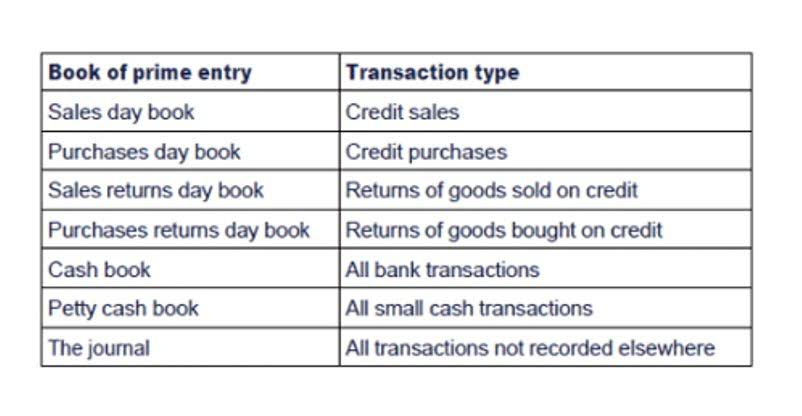
A taxpayer must net their QBI, including losses, from multiple trades or businesses (including aggregated trades or businesses). So, qualified business losses from one business will offset QBI from other trades or businesses (including aggregated trades or businesses) in proportion to the net income of the trades or businesses with QBI. Whether rental real estate rises to the level of a trade or business under section 162 depends on all the facts and circumstances. To be engaged in a trade or business under section 162, the taxpayer must be actively involved in the activity with continuity and regularity and the primary purpose for engaging in the activity must be for income or profit. The taxpayer does not, however, have to materially participate as defined by section 469.
Interest income, however, does not qualify as business income under this criteria and cannot be included in the QBI deduction. By thoroughly and accurately completing Schedules C and SE, you lay the groundwork for calculating your QBI deduction correctly. This step is crucial in ensuring you take full advantage of the tax benefits available to you as a self-employed individual.
More Definitions of Qualified Bid
No more lost hours trying to figure out the technicalities, just savings. Qualified property includes all tangible, depreciable property that hasn’t reached the end of its depreciable life. For real estate, the depreciable life may be up to 39 years.

Finally, you must be actively involved in managing the rental property in order to be eligible for the deduction. This article has provided an overview of the QBI deduction and some of the key considerations you need to take into account when determining if you’re eligible. Understanding these rules is vital in order to make sure eligible employees are given access to these benefits while staying compliant with IRS regulations. A sole proprietorship is a business owned and operated by one individual. This type of business does not require registration and can be established in most states with little to no paperwork.
Step 4 – Apply overall limitation
Keeper is the top-rated all-in-one business expense tracker, tax filing service, and personal accountant. If you have both types of income, these QBI benefits actually stack. For example, if you have a sole proprietorship for your freelance work and also receive qualified dividends from an REIT, you can deduct 20% from your freelance income and 20% from your REIT dividends. what is qbid All content provided in this article is for informational purposes only. For up-to-date information on this subject please contact a Clark Schaefer Hackett professional. Clark Schaefer Hackett will not be held responsible for any claim, loss, damage or inconvenience caused as a result of any information within these pages or any information accessed through this site.

An ESBT must compute the QBI deduction separately for the S and non-S portions of the trust. The Form 8995 used to compute the S portion’s QBI deduction must be attached as a PDF to the ESBT tax worksheet filed with Form 1041. When attached to the ESBT tax worksheet, the trust must show that the information is applicable to the S portion only, by writing “ESBT” in the top margin of the Form 8995. S corporations and partnerships aren’t eligible for the deduction, but must pass through to their shareholders or partners the necessary information on an attachment to Schedule K-1.
Wage limitation
If a taxpayer has a suspended loss that is allowed against current year taxable income, whether the loss reduces QBI depends on whether the loss was limited for a taxable year ending before or after January 1, 2018. S corporations and partnerships are generally not taxable and cannot take the deduction themselves. Generally speaking, the QBI deduction does not exceed 20% of qualified business income. While this is generally beneficial for businesses and self-employed individuals, it also means there’s a limit to the amount that can be deducted from taxable income.
Her business as a lawyer is an SSTB, and her taxable income is over the threshold but below the full exclusion limit. Generally, anyone who meets the criteria outlined above can take the QBI. This includes individuals, trusts, and estates as well as pass-through businesses such as partnerships and LLCs. The IRS requires certain trades or businesses to combine their incomes when taking advantage of the QBI deduction in an effort to prevent overstating deductions. The QBI was introduced under the Tax Cuts and Jobs Act of 2017, which sought to provide tax relief for businesses and individuals by reducing income taxes and introducing other incentives.
Recovery of excess FICA taxes paid for foreign employees
When outside of the phase-in threshold, it is irrelevant whether a pass-through entity is a qualifying business of a specified service trade or business (SSTB). To fully understand the impact of a cash balance plan on specific deductions, it is advisable to consult with a tax professional who can assess the specific circumstances and provide guidance based on the current tax laws and regulations. Section 199A does not have a material participation requirement. Eligible taxpayers with income from a qualified trade or business may be entitled to the QBID regardless of their level of involvement in the trade or business.
The 20% Pass-Through Deduction: Where Do We Stand Now? – Forbes
The 20% Pass-Through Deduction: Where Do We Stand Now?.
Posted: Wed, 20 Jun 2018 07:00:00 GMT [source]
Allocate prior year suspended losses allowed from column C, row 3, up to the remaining suspended losses reported in column H, row 1, to column F, row 3. The total prior year suspended losses allowed entered in column C, row 7, can’t exceed the total amount entered in column A, row 7. You must combine the QBI, W-2 wages, and Unadjusted Basis Immediately after Acquisition (UBIA) of qualified property for all aggregated trades or businesses, for purposes of applying the W-2 wages and UBIA of qualified property limits. However, these limits won’t apply until your income, before the QBI deduction, is more than the threshold.

